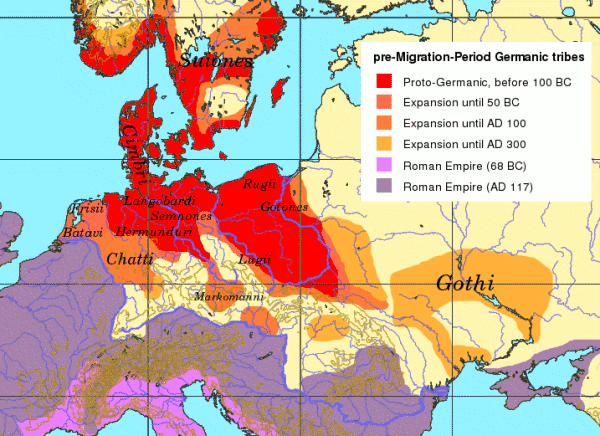(...)
[Transports of Jews from all over Europe]
Who was going just into the jaws of death, and why?
Jews were going from Bohemia, France, the Netherlands and other countries of Europe. They went alone, unescorted, and only about ten to twenty kilometres from Auschwitz the vans were guarded, and they were delivered to a side-track, to Birkenau.
Why did they go? I had an opportunity to talk to Jews of France several times and one time with a transport from Poland, which was rare to be met here. It was a transport of Jews from Białystok and Grodno. From what they told me unanimously it might be concluded, that they were arriving due to official announcements in various cities and states under German rule, from which it appeared that only those Jews would live on, who would go to work in the Third Reich. So they went to work in the Third Reich. All the more, they were encouraged by letters written by Jews from Auschwitz and perhaps from other camps, that they worked in good conditions and did well.
They had the right to take a hand luggage - what they were able to carry by themselves. So some of them took two suitcases, in which they tried to carry all their property, having sold their immovables and movables and having purchased some small and valuable things, for instance gold, gold dollars...
Railway transports, which were carrying about one thousand people a day, ended their route in the side-track. Trains were brought to platforms and their content was unloaded. Interesting, what thoughts were in the heads of SS-men?
There were many women and children in the vans. Sometimes, there were children in cradles. Here all of them were to end their lives collectively.
They were carried like a herd of animals to be slaughtered.
Meanwhile, not apprehending anything and upon an order, the passengers got out to the platform. To avoid troublesome scenes, some relative politeness was kept in relation to them. They were ordered to put their food in one stack, while all their things - in another. It was told the things would be returned. First apprehensions arose by the passengers, whether they would not loose their things, whether they would find their ones, whether their suitcases would not be interchanged....
Then they were divided into groups. Men and boys above 13 went into one group, women with children - into another. Under the pretext of a necessary bathing, they were all ordered to undress in two separate groups, to preserve some appearances of the feeling of shame. Both groups put their clothes into big stacks, supposedly to deliver them to disinfection. Then an anxiety was more visible, whether their clothes would not be lost, whether their underwear would not be interchanged.
Then, in hundreds, women with children separately, men separately, they went into huts which supposedly were baths (while they were gas chambers!). There were windows from the outside only - fictitious, inside there was a wall only. Upon the closure of sealed door, a mass murder was conducted inside.
From a balcony - a gallery, an SS-man in a gas mask dropped gas upon the heads of a crowd gathered under him. Two kinds of gas were used: in cylinders, which broke, or in disc which, having opened an air-tight can and dropped it by an SS-man in rubber gloves, turned into volatile state and filled the gas chamber, killing the gathered people quickly. It lasted several minutes. They waited for ten minutes. Then it was aired, chamber doors opposite to the platform were opened and commandos composed of Jews carried still warm corpses in wheel-barrows and carts to nearby crematorium where the corpses were burnt quickly.
In that time next hundreds went to the gas chambers. In future, technological improvements were implemented in that slaughter-house for people, upon the implementation of which the process ran more quickly and efficiently.
(...)
 By the way - Turks also got invited to Europe by Byzantines. And we know how it ended.
By the way - Turks also got invited to Europe by Byzantines. And we know how it ended.


















